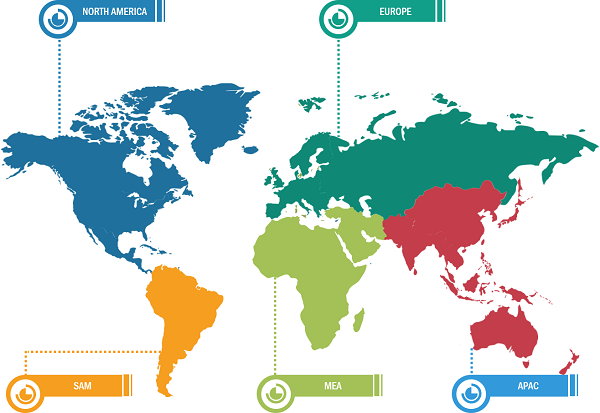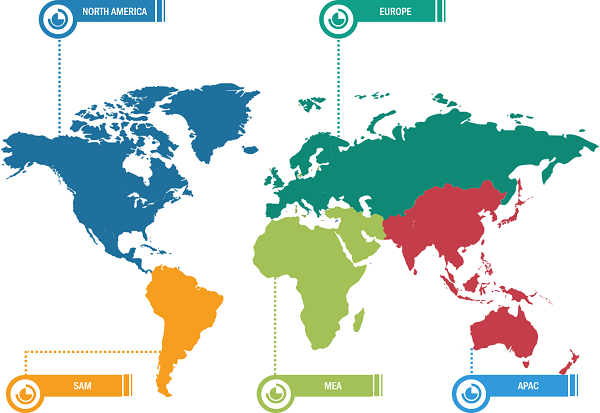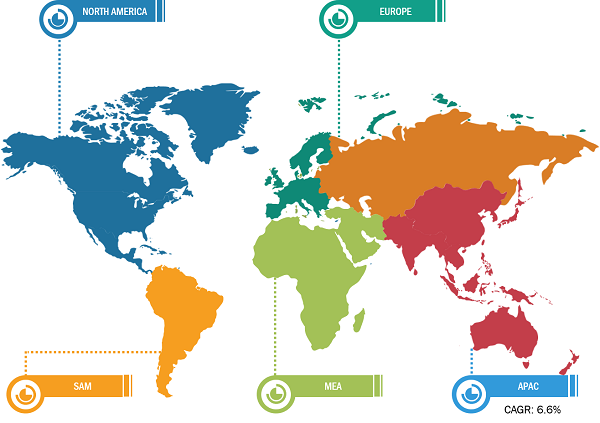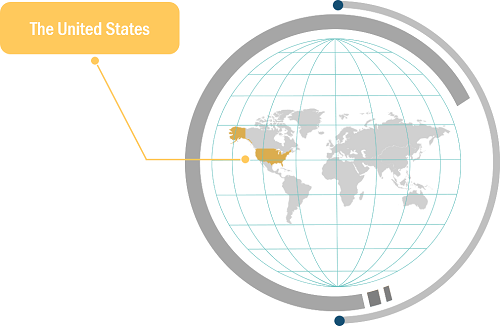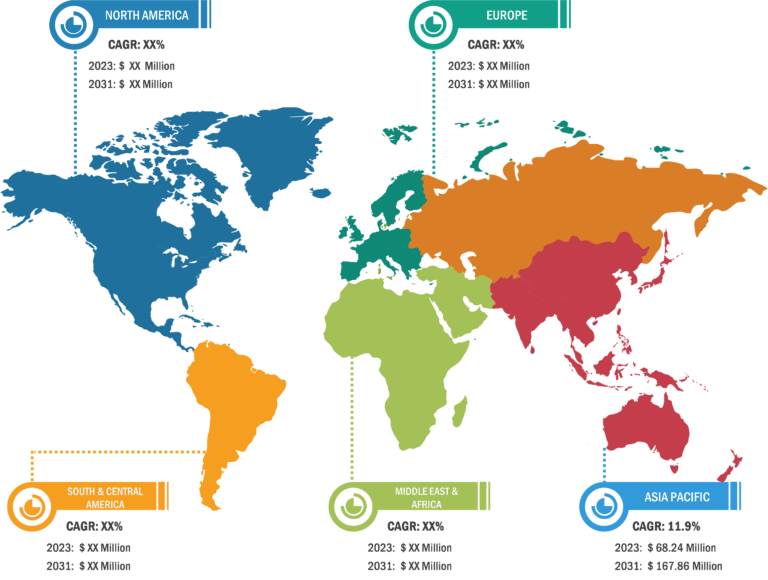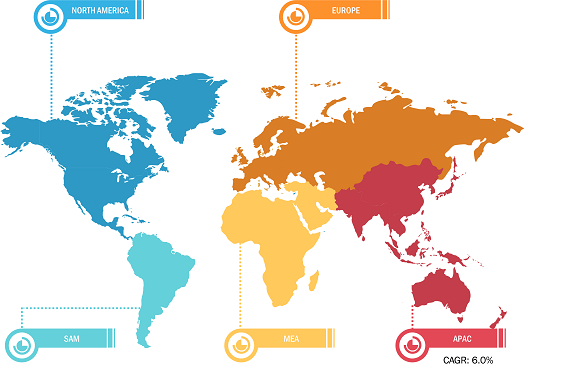
Liquid Nitrogen Market
Liquid nitrogen can be produced for direct sale or as a byproduct of the liquid oxygen manufacturing process. The liquid nitrogen is produced commercially by using various technologies such as cryogenic separation and pressure swing adsorption. Liquid nitrogen is used in applications such as aerospace & defense, automotive, chemical, food & beverages, metal fabrication, pharmaceutical, electronics & semiconductors, etc. Liquid nitrogen is used in the chemicals industry for applications such as inerting, nitrogen stripping and recovery, and reactor cooling. Also, liquid nitrogen is used for volatile organic compounds (VOCs) treatment and recovery. In the automotive industry, nitrogen is used for numerous functions, from tire inflation to welding and brazing. Various assembly plants use nitrogen to weld auto parts, frames, and other components, owing to their ability to offer the necessary atmosphere needed to produce adequate welds with any material. In addition, liquid nitrogen is used to increase the vehicle’s cooling efficiency and reduce the cooling time.
The growing food & beverages industry across various economies boosts the demand for liquid nitrogen. Liquid nitrogen infusions are one of the latest eye-catching food trends. With the ability to create fog-like effects and flash-freeze foods, liquid nitrogen has recently found applications in ice cream, snacks, and cocktails. Moreover, as per the Food & Drink Federation, the food & beverages industry is the largest manufacturing sector in the UK; the food and beverage output increased by 8% in 2022 from 2021. Also, Russia has become the eighth largest market for processed food, with a trading volume of 27.5 metric tons, and drinks (alcoholic and soft), with a trading volume of 26 billion liters, as per the International Trade Administration (ITA). The increased volume shows significant demand for food and beverages across various countries.

Liquid Nitrogen Market: Segmental Overview
The liquid nitrogen market is bifurcated on the basis of manufacturing method and end-use industry. The market, based on manufacturing method, is divided into cryogenic distillation and pressure swing adsorption. The cryogenic distillation segment accounted for a larger market share in 2023. The principle of the cryogenic distillation method is based on a cryogenic distillation of liquefied air. In this method, the air separation unit is filled with atmospheric air. Then, it is compressed in the air compressor, and after being compressed, the air is sent into the cleanup system—where impurities, including moisture, hydrocarbons, and carbon dioxide—are removed. Furthermore, the air is passed through heat exchangers where it is cooled to cryogenic temperatures. At this stage, nitrogen is directed into the high-pressure distillation column where it is physically separated from other different gases and is formed at the top of the column. Finally, nitrogen is removed from the column and moved to the low-pressure column, where it is distilled till it meets the commercial specifications for purity.
By end-use industry, the market is segmented into aerospace & defense, automotive, chemical, food & beverage, metal fabrication, pharmaceutical, electronics & semiconductors, and others. The metal fabrication segment held the largest share of the market in 2023. The pharmaceutical segment held the second-largest share of the market in 2023. In the pharmaceutical & biotechnology industry, liquid nitrogen is used for reactor cooling and lyophilization. Nitrogen is used to replace an undesirable atmosphere with an inert, dry atmosphere. Nitrogen reduces the presence of oxygen, which might provide the catalyst for combustion or adversely affect the quality of products. Nitrogen also helps maintain the sterility and cleanliness of pharmaceutical products and control the oxygen level in a workspace, labs, and throughout an entire facility. Liquid nitrogen is also important for the cryopreservation of cell samples, organs, and tissues, both for research and transplantation. Further, in the food & beverages industry, liquid nitrogen is used for freezing and chilling, flour and dough cooling, meat mixing, and modified atmosphere packaging. Liquid nitrogen, being a cryogenic liquid, is capable of accomplishing extremely low temperatures—which makes it a top-notch tool for diverse packages in meal processing and protection. Liquid nitrogen is used for flash freezing, which involves subjecting food items to extremely low temperatures within a short period. This facilitates preserving the texture and nutritional value of the meals by minimizing ice crystal formation and preserving the integrity of cellular systems. Also, liquid nitrogen plays an important role in extending the shelf life of perishable food objects. Liquid nitrogen is used in modified atmosphere packaging (MAP) to extend the shelf life of food products. It entails replacing the air within the packaging with a managed fuel combination, which includes liquid nitrogen. Thus, the wide applications of liquid nitrogen in the food & beverages industry drive the market.
Liquid Nitrogen Market: Competitive Landscape and Key Developments
A few of the key players in the liquid nitrogen market include Linde Plc, L’Air Liquide SA, Air Products and Chemicals Inc, SOL SpA, Praxair Technology Inc, Nippon Sanso Holdings Corp, Ube Corporation, AIR WATER INC, Gulf Cryo LLC, Osaka Gas Co Ltd, Tokyo Gas Chemicals Co Ltd, Messer SE & Co KGaA, nexAir LLC, ADNOC Gas, and Matheson Tri-Gas Inc. Players operating in the market focus on providing high-quality products to fulfill customer demand.
Key Developments:
- Linde signed a long-term agreement with H2 Green Steel for the supply of industrial gases to the world’s first large-scale green steel production plant. (Source: Linde PLC, Company website, May 2024)
- Safran announced that it has entered into exclusive negotiations with Air Liquide to acquire the aeronautical oxygen and nitrogen activities of Air Liquide advanced Technologies, with the exception of the cryogenic activities related to naval applications. (Safran Group, Company Website, June 2023)

